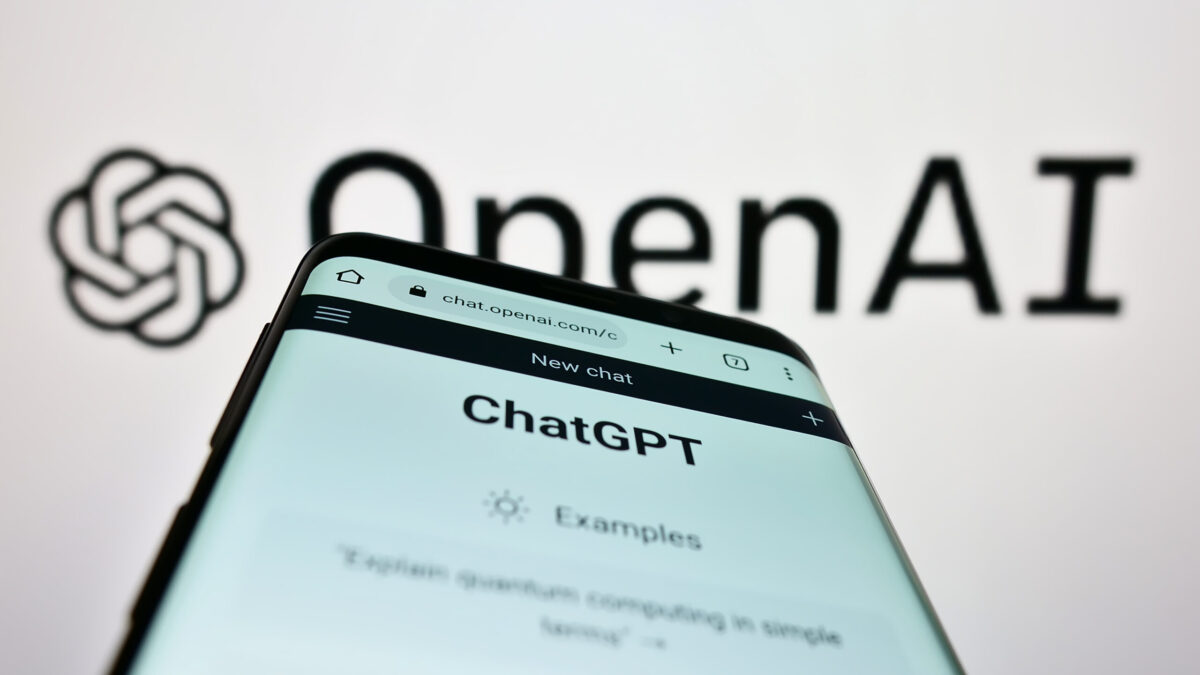Workday this week became the latest HR tech company to join the rapidly growing talent intelligence market when it unveiled its generative AI tool Growth Plans, aimed at helping leadership assess employee skills and arm employees with resources on career development. It’s a move that comes as HR leaders seek to strengthen retention amid historically low unemployment rates.
Employer interest in AI-based, skills-based learning experience management (LXM) solutions is also driven by the rise of skills-based hiring. In the past six years, more employers have moved to this model, versus using college degree requirements, in part to expand the pool of diverse job candidates who may not have attended college.
“IDC’s data shows that currently, around 70% of employers are actively exploring skills-based, AI-driven systems, even if they do not yet know where to begin or what they are ready to embrace,” says Zachary Chertok, research manager for employee experience at IDC and an HRE Top 100 HR Tech Influencer.
He notes that organizations face mounting levels of economic uncertainty, leading to drives for operational efficiency and adaptability that are changing how the workforce structure is designed and managed.
Enterprise software companies have responded in recent years, with early innovators including Eightfold.ai’s talent intelligence platform, Phenom’s dynamic skills architecture, Fuel50’s engagement and skills placement offering and SAP’s SuccessFactors HXM’s skills inventory and sentiment architecture. In May, Oracle introduced Oracle Grow as part of its Oracle ME employee experience platform.
Pivoting to skills-based LXM tools that use generative AI requires a strategic approach. However, experts say, when LXM tools are rolled out smartly, they can help leadership move employees into the right jobs, projects and teams based on their skills, sentiments and potential.
Growth Plans, for example, aims to help managers quickly leverage generative AI to easily gather disparate information across their Workday Skills Cloud about employees’ skills, interests, career desires, performance review history, goals and more. The technology produces a growth plan summary that managers can share with the employee immediately or edit first.
The tool also evaluates employees’ strengths and weaknesses and suggests steps they should take to hit their next career milestones, says Workday’s David Somers, group general manager of product for the office of the CHRO.
“A really good manager helps their folks through their career,” Somers tells HRE. “But it takes a lot of time to pull all that information together. [With Growth Plans,] I can now do that for all of my team, not just one or two people. I have the time to do it for everybody.”
What it means for HR leaders
Experts say that a talent intelligence tool like Growth Plans can be a win for HR, managers and employees.
“In the bigger picture for HR professionals, Growth Plans—and functionality like it—removes some of the burden to define set career paths for employees and manage employees to [those career paths],” says Chertok, who will lead a “ChatHRT” roundtable discussion at HRE‘s upcoming HR Technology Conference & Exposition in Las Vegas.
Growth Plans can help HR professionals assist employees in meeting their goals as they move within an evolving organization, says Chertok. It also supports leaders with talent placement, which he calls “a very big pain point” for many HR professionals today.
Putting employees into the right roles and adjusting as needed, rather than on outdated, rigid career paths, is vital today, Chertok notes. The pace of change within organizations has also accelerated, especially in response to external market factors that have only become more volatile in the last few decades, challenging HR more than ever to engage in strategic workforce planning, he adds.
Challenges to rolling out LXM and talent intelligence systems
However, several obstacles could stand in the way of making talent intelligence systems successful for employers, says Brian Westfall, an associate principal analyst covering HR and talent management for Gartner’s Capterra.
One of the biggest is culture, he says. Westfall warns that despite employees’ interest in internal mobility and supportive technology, employers may have to contend with managers working to keep their most valued employees on their teams.
In addition, leadership has to secure employee buy-in to put their data into a talent intelligence system. Westfall suggests that HR leaders encourage discussion about the career growth benefits of the talent intelligence system to get employees excited to participate.
That’s because LXM tools must have a deep trove of information about the workforce and organization available to help match employees with appropriate positions. Without this, Westfall warns that the first round of career recommendations may be a dud, which could discourage employees from inputting more data.
“I think adoption of the software in a lot of cases is going to be like putting the cart before the horse,” Westfall says. “All of these organizations are moving toward skills-based hiring, where the roles are not super-rigid or defined, so there is much work that organizations need to do on the front end to identify the skills needed and the gaps.”
Credit: Source link











